
The Rise of the Creator Economy
What is the creator economy? Simply put, it is individuals creating unique content and making money from it. And it is a booming economy. But, how much do creators make and how do they do it?
According to venture capital firm Signalfire, over 50 million people worldwide consider themselves independent creators, and it’s quickly become a $100 billion industry. It is allowing the average person to try their hand at entrepreneurship. The creator economy does not just consist of bloggers, YouTubers, Instagrammers, and other social media influencers. As the industry grows, so does the job market. The creator economy consists of computer programmers, marketing officers, producers, and business executives. The face one sees on their phone while scrolling could have a team of several professionals working behind the scenes.
How Creators Make Money
The most successful creators have found a way to be “multi-SKU creators” or have more than one revenue stream. The top ways that creator entrepreneurs are making money online include:
1) Advertisements
2) Online Teaching/Course Sales
3) Subscriptions
4) One-Off Sales/Donations
5) Public Speaking or In-Person Appearances
6) Brand Sponsorships & Influencer Marketing
7) Affiliate Marketing
8) Selling Merchandise
According to a 2022 Neo Reach Creator Earnings Report, the most popular way that influencers make money is through brand deals. Over two-thirds (68.81%) of those surveyed cited this as their highest-earning source of revenue in their capacity as content creators.
How Much Money Can You Make Selling Online Courses?
It seems like everyone that I follow has a course for something.
Course creation is a growing revenue stream for creators. The appetite for online course content has grown exponentially over the past 5 years. Online learning platform Coursera has released its 2021 Impact Report, which shows more than 20 million new learners registered for courses in the year – equivalent to total growth in the three years pre-pandemic.

Many people think of courses as the quickest way to get rich as a creator, but the reality is that it can take anywhere between 50 to 500 hours to write, film, edit and market an online course. Course Central analyzed one of the most popular online learning platforms, Udemy, and found that 32% of courses on the platform have less than 100 enrollees and earn less than $500. 28% of all courses enroll between 100 and 1000, with instructors making between $500 and $5,000.
Teachers are turning to outlets like Outschool, an online marketplace for online courses for children, as an alternative to traditional teacher salaries. According to the National Education Alliance, the national average public school teacher salary for 2020-21 was $65,293. Jade Weatherington, 36, a former public school teacher now teaches on multiple platforms including Outschool. Weatherington’s website states she makes over $10,000 per month teaching an average of 10-15 live hours per week. Jade is making 183% more than a classroom teacher for seemingly less “live hours”. Her advice to those starting out – BE PATIENT.

Source: https://teacherjade.com/
In my first month with Outschool, I earned $34. In my second month, I made a little over $100. It will take time to build a client base but once you do, you’ll have returning learners, reviews, and parents that tell their friends about your classes.
Jade Weatherington
Weatherington has now become an expert in developing and teaching online courses. She even has her own Masterclass for those wanting to become ‘Teacherpreneurs’. Another example of how there often are multiple income streams in a successful creator’s portfolio.
Side Hustle to Full Time
Becoming a creator starts as a side hustle for many. A creative outlet at the end of the day, working a “traditional” job. A hobby to fill time and tap into one’s creative energies. Trying to create full-time is not for the faint of heart. Creator Cody Jay, now a full-time beauty influencer, began his creative journey as a late-night hobby after working all day as a Social Media Coordinator. He was able to move to full-time creator when he was offered a deal with Snapchat.
“I always wanted to be a creator and had worked with brands for many years behind the scenes, but I decided I wanted to become a creator myself. I started creating content, growing my platforms, and building my brand until eventually, I could get myself to a position where I could leave my full-time job and become a full-time content creator.”
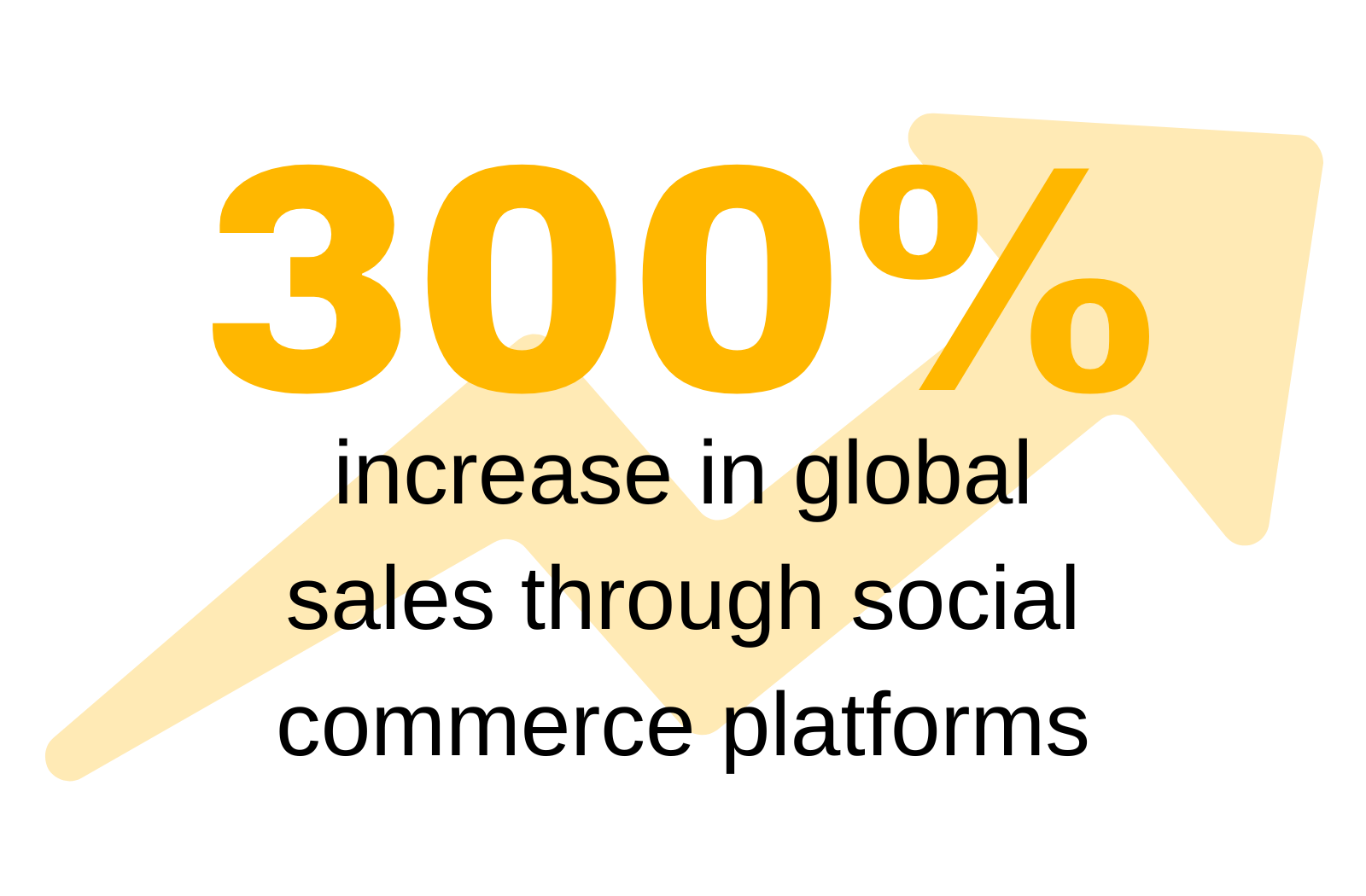
The pandemic, and a move for many workers to at-home, virtual positions, has led to even more trying their hand at being a creator. With the population spending more time online than ever before, brands are using creators to drive their sales and expand their customer base. Followers feel a personal connection to creators, who they only know through their social media presence, and constantly look to them to persuade their purchases and buying decisions. According to Influencer Marketing Hub, Global sales through social commerce platforms are estimated to reach $958 billion in 2022 and $2900 billion in 2026. That’s more than a 300% increase. Marketers, a majority of which have a standalone budget for content marketing, are expected to spend close to $5 billion on content marketing in 2023.
Most Profitable Creators
In a survey of 2,000 content creators, NeoReach found that 21% of respondents earn a comfortable annual income of at least $50,000. Meanwhile, 1.4% earn over $1 million a year.
Most Profitable TikTok Creators
Unlike YouTube and other platforms, TikTok doesn’t pay its creators from ads. To help keep short-form video creators on its app, the company set up a Creator Fund in 2020 that distributes money based on certain conditions. Even still, content creators who have about 100,000 followers or more can get paid $200 to $1,000 a month in sponsored ad posts. Creators who have 1 million or more followers can get paid $1,000 to $5,000+ a month. Hopper ranked the top 58 TikTok accounts in their annual “Rich List.”
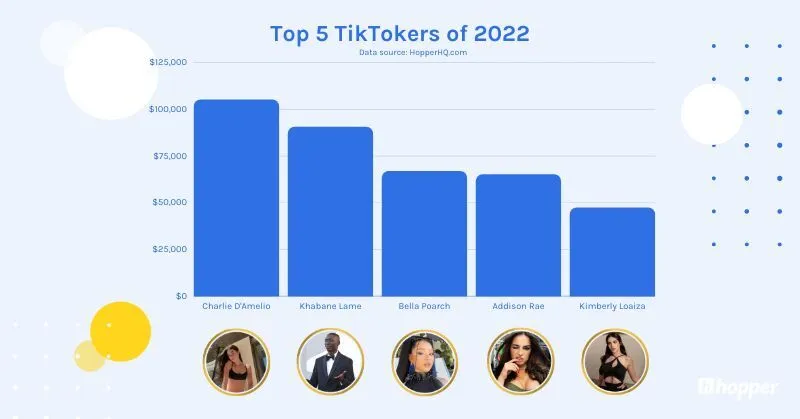
Anthony Jones, a digital marketing strategist and owner of Anthony Jones consulting, shared that he signed up for the TikTok creator program a couple of years ago after a few of his videos went viral. “I was sure that it was going to help me make good money on the side,” he said. Unfortunately, he only netted $193.84. For some perspective, he had 46,000 followers, 716,000 likes, and about 10 million collective views.
“Basically, I learned that you’re not going to strike it rich with organic content via the TikTok Creator Fund. You’ve gotta have brand deals to make it truly lucrative.”
Anthony Jones
Most Profitable Instagram Creators
Celebrity accounts with the biggest followings can make well over $1 million per sponsored post. Influencer Marketing Hub maintains a rich list of how much Instagram influencers make. The biggest earners are:
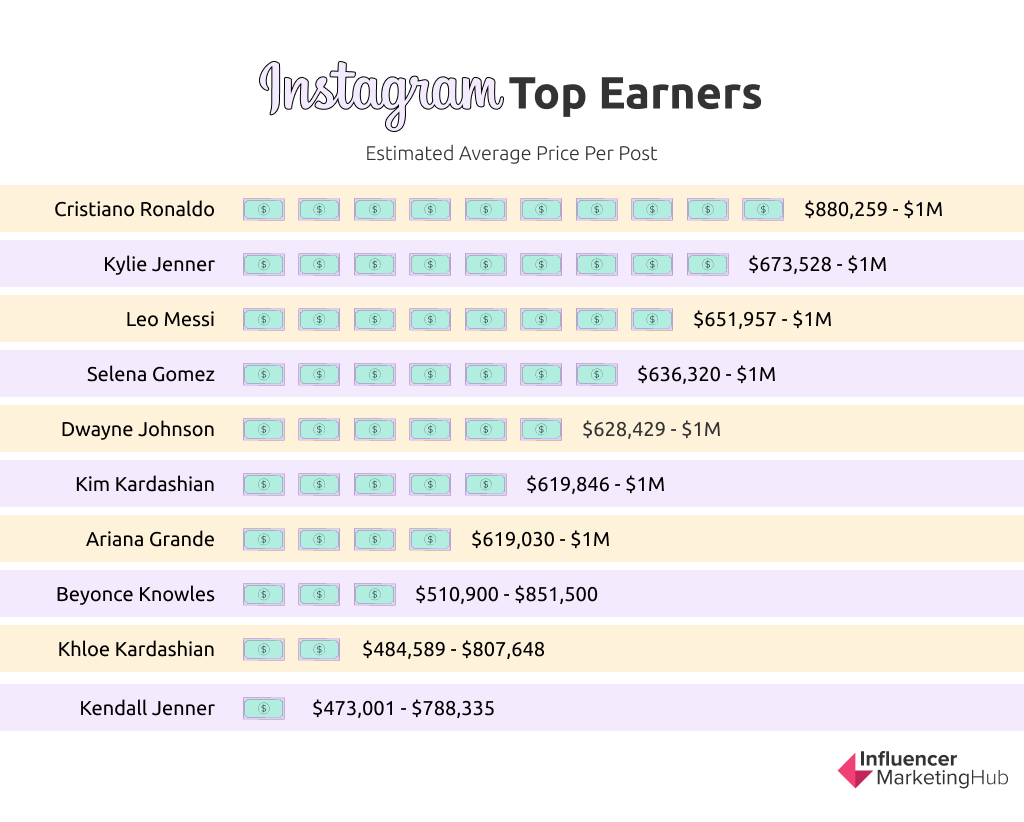
Most Profitable YouTube Creators
The top 10 highest-paid YouTube stars of 2021, according to Forbes estimates:
1. MrBeast – $54 million
2. Jake Paul – $45 million
3. Markiplier – $38 million
4. Rhett & Link – $30 million
5. Unspeakable – $28.5 million
6. Like Nastya – $28 million
7. Ryan Kaji (Ryan’s World) – $27 million
8. Dude Perfect – $20 million
9. Logan Paul – $18 million
10. Preston – $16 million
Most Profitable Patreon Creators
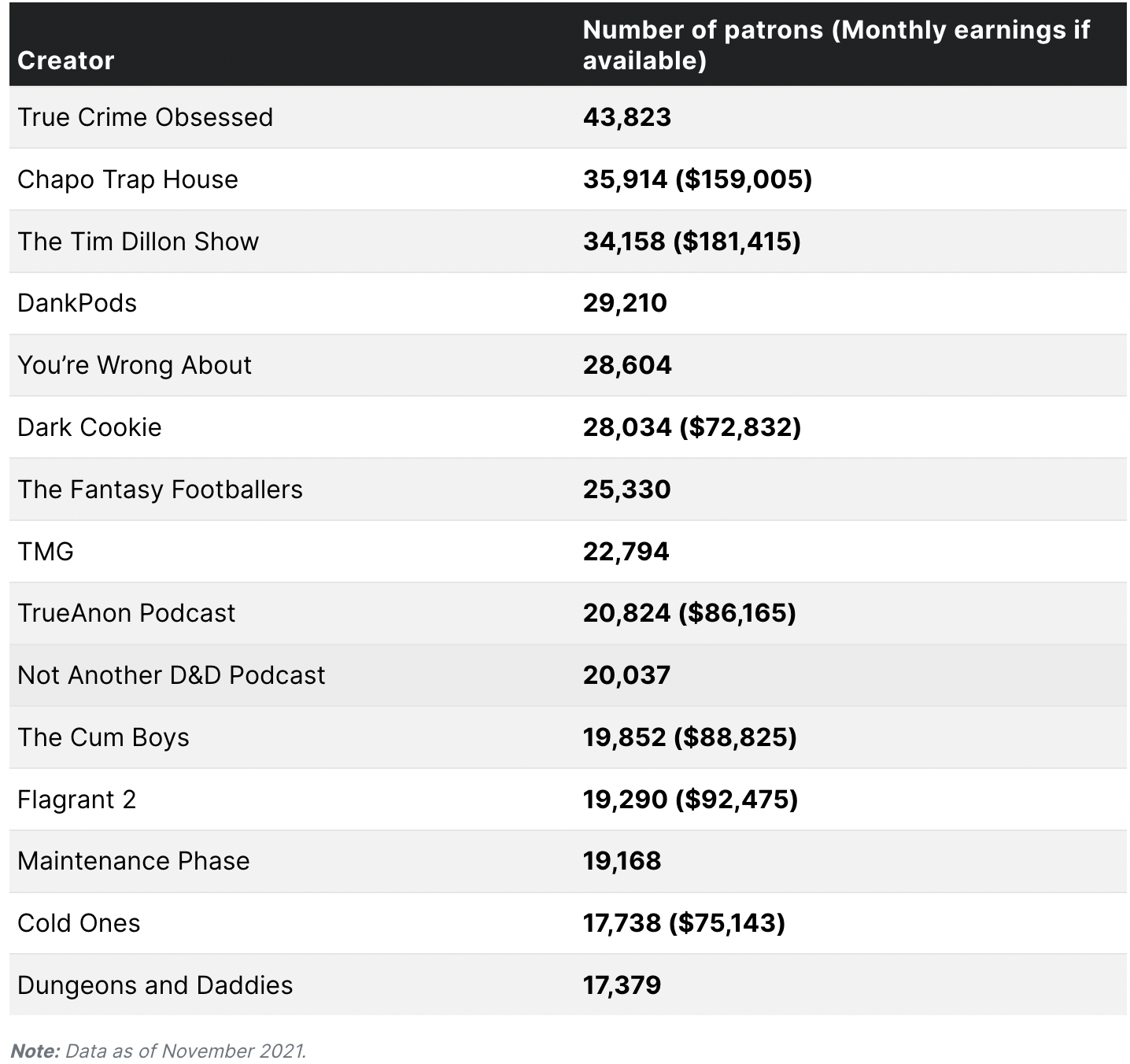
The Cost of Being a Creator
What are the costs to start as a creator? Smartphones are powerful tools for capturing content and pushing it out to social channels. Others may find the need to purchase equipment and software to perfect their posts.
According to creator Lily Hope, some of it is not necessary.
“I think my biggest roadblock was thinking I needed fancy equipment to get good content. I spent thousands and thousands of dollars on equipment that, to be honest, I don’t even use that much.”
Lily Hope, Content Creator
While working from home seems like a great deal until you realize setting up an office can be pricey. Hope says it is important to know your worth and value your content as such. However, don’t expect it to be a quick cash grab. Those who undervalue their work put other creators in jeopardy. According to Hope, some creators are willing to undervalue their work and take jobs for less, which hurts the industry as a whole, lowering the expectation for companies hiring creators.
Success in the Creator Economy
To make money as a creator, one must leverage their audience to entice clicks and purchases for their advertised products and services. Influencer marketing platform Aspire polled over 1,700 creators and found that only 4.3% make more than $100,000 per year. There are more than 50 million individuals worldwide claiming to be independent creators, according to Signalfire. Each creator defines success differently. Some strive for a certain number of followers on social platforms; others feel success comes when they land a coveted endorsement.
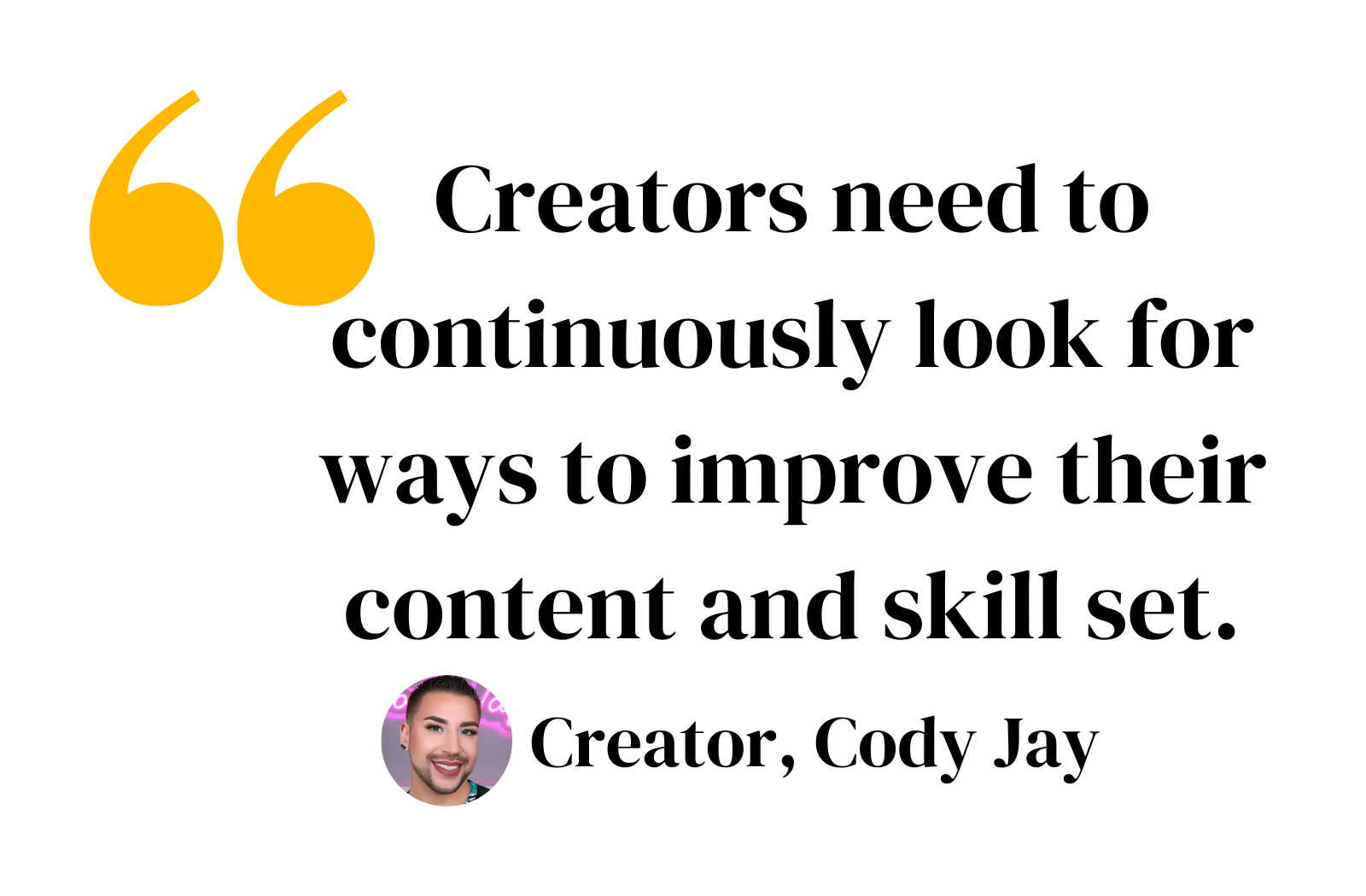
According to Jay, “Creators who want to become full-time and have genuine success need to work extremely hard every single day and continuously look for ways to improve their content and skill set and knowledge base. Staying true to themselves is paramount.” Jay’s hard work and determination resulted in his $70,000 salary as a Social Media Coordinator becoming a $200,000-a-year paycheck as an independent creator.
His advice for new creators entering this dense market – keep pushing forward. It only takes one “yes” to change a creator’s life.
The Creator Industry is Evolving
New AI and tech development are being driven by this industry rise. Sites like Canva, an easy to use, web-based graphic design tool, are being created with creators as their target user. A new landing page tool, Komi, just raised $5 million in seed money to launch a webpage-building tool specifically for content creators and influencers. AI continues to be developed to assist creators and businesses with their influencer campaigns. Anything from matching brands to creators to optimizing text for SEO – AI is being created to work alongside the creator to evolve the way businesses work with creators and creators create.
Only time will tell the future of the creator economy. With more children dreaming of being YouTubers than astronauts, the landscape of childhood aspirations has changed. With the rise of the Creator economy, the landscape of everything has changed.
